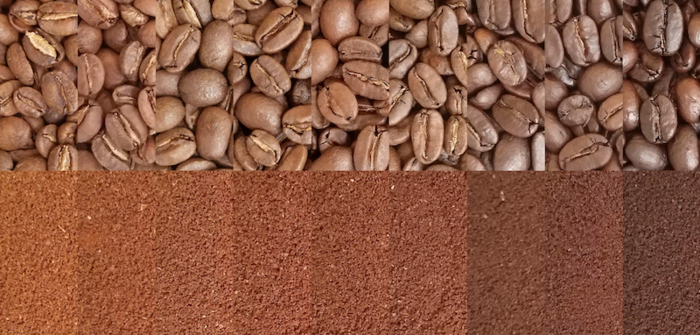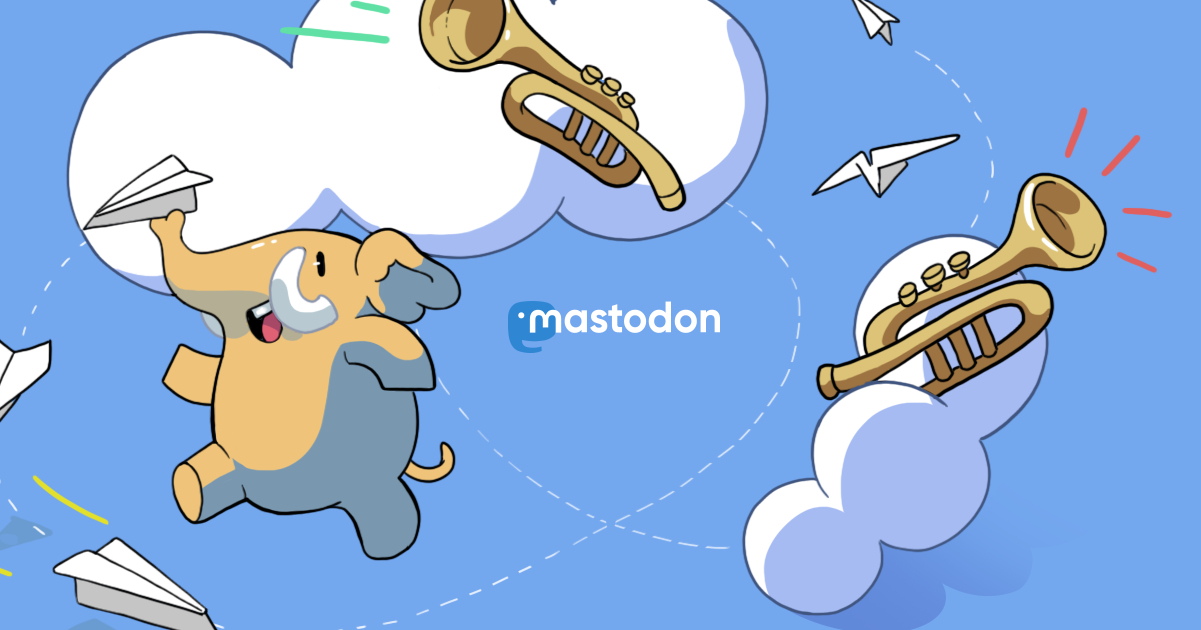
@technomancy Real quote, "I'd like the ice on the bottom."
@technomancy Just inline everything into main(). What do you mean it doesn't work like that?
@cpsdqs Right, and with a lot of things using cross platform abstraction layers that trick would be nowhere near as universal as you could expect pre-OSX.
@cpsdqs In the old days you could just open the application in ResEdit and delete/edit something like that.
It looks like the place I get my water filters from had a mis-pick at their warehouse. Received cartridges that probably fit my filter heads, but they're smaller and do entirely different things to the water so hopefully they can figure out a way to take the wrong filters back and send what I ordered. I have a couple slower filters that do comparable things with the water chemistry that I can swap if that takes too long so it's not an emergency, just an annoyance.
9 is representative of what I'm looking for in a dark roast for this coffee, while 12 is just perfect for something that you'd sell not as Guatemala Antigua but as French Roast, and since my Brazilian coffee isn't here yet I think I'll try that.
6 is firmly in line with what I've done with this lot in the past for a medium roast. It was a toss up between this and 5 for that, and 6 was just generally a nicer roast. Better body and balance, more interesting flavor. Coffees in this range had a very nice caramel fragrance straight out of the roaster.
3 is what I'd do if I were looking for a light roast, though it's only just barely fitting my definition of that, roasted to a point just a tiny bit before the start of 2nd crack. Sweet, has a very subtle lemon flavor that a lot of people would fail to notice. I'm not going to do a production test batch of this one because I don't have the shelf space to add it and if I did try selling all four, this is the one that my customers would buy the least.
Test batch on the new coffee from Guatemala had some really nice flavors at some points, some really boring flavors on others. Nothing offensive, but four of the twelve cups were distinct expressions of that coffee which I could potentially sell if I had the shelf space for that. The next step is production test batches which I'll taste (this time out of 3L airpots instead of cupping bowls) before deciding if those are what I want to sell.
The new fan on the roaster cam arrived with some shipping damage (2 of the plastic supports at the back snapped, a third missing about 1cm) and after about 3 hours of coffee roasting today it stopped spinning because the mis-aligned fan blades would contact the outer housing. Ordered a new fan as well as another powered usb hub so I can take the one I grabbed from home back.
If I were using any other program for logging my roasting data, this type of exploratory work would be a lot harder if not impossible.
Typica already has the ability to do things like that so it's just a tweak to do things like that in response to activating the start and stop buttons in the logging view. The other side of that also looks very easy.
Rough drafted the next chunk of code I want to toss on the aux computer connected to the roaster cam. The next thing that I want to do is start recording every image captured for lots of batches and to get the start and end points of those recordings right I'll want to make that controllable over the local network and send those commands over from Typica as part of my existing workflow.
- Software
- https://typica.us
- Send Money
- https://typica.us/payment.html
Author of Typica software for coffee roasters.
